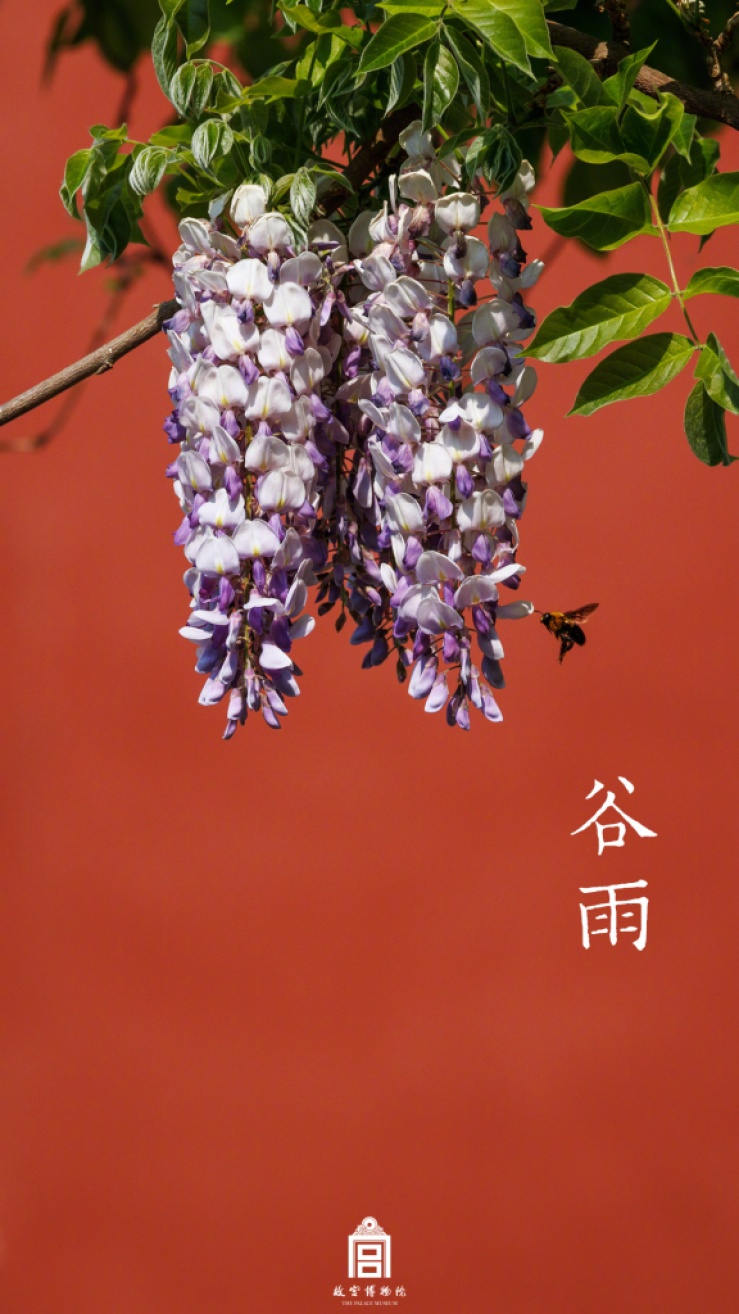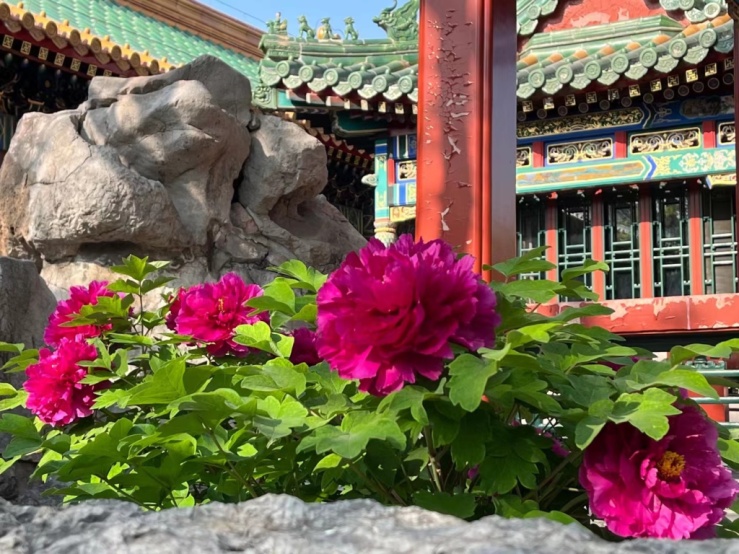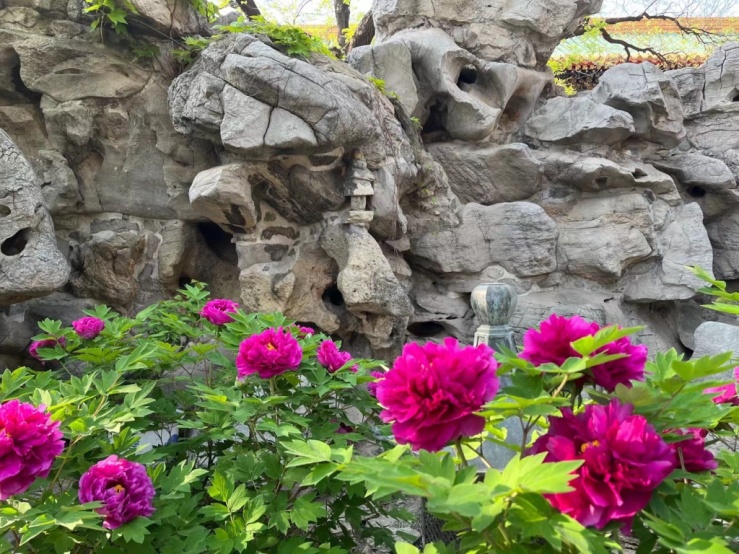谷雨
谷雨 Qingming breaks snow from the 5th April in which , 谷雨Grain Rain breaks frost”, Grain Rain (Journal of April 20th -4th may 2022 ) is the last solar term in spring. The arrival of Grain Rain means that the temperature will rise faster. In such a breath of spring, be sure to go out go! Grain rain, grain is born of rain!
谷雨# Today’s Grain Rain on the 20th April 2022 The late spring will turn into summer, rain produces all the grains and all things are lovely…. Rain produces all the grains, and all things spring. Grain Rain is the sixth solar term of the twenty-four solar terms and the last solar term in spring. At this time, the weather is getting warmer, the rain is increasing, and all the newly planted seedlings are eager for moisture.
It is recorded in “The Collection of the Seventy-two Hours of the Moon Order”: “In the middle of the third month, after the rain, the soil ointment pulsates, and now it rains its grains in water. Sow seeds at this time, from top to bottom.” Grain Rain, like rain, small man, light snow, heavy snow and other solar terms, is a solar term that reflects the phenomenon of precipitation, and is a reflection of the ancient farming culture on the season.
In traditional farming culture, the Grain Rain solar term links “gu” and “rain” to indicate precipitation conditions and “rain produces a hundred grains”. The most important feature of Grain Rain is the continuous spring rain, and the rain produces hundreds of grains, which reflects the agro-climatic significance of “Grain Rain”, which is the reflection of the ancient farming culture on the seasons. After the Grain Rain solar term, the temperature rises, the rainfall increases, and the humidity in the air further increases, which is very suitable for the growth of cereal crops, which is the best season for the growth of crops.
At this time, the southern part of China began to be significantly rainy, and especially in southern China, once the cold air meets the warm and humid air, it often forms a long-term rainy weather. Qinling-Huaihe is a transition area between the southern spring rain and the northern spring drought. From the vicinity of Qinling-Huaihe to the north, the spring rain decreases sharply. In the northern region, Grain Rain is a symbol of the “final frost”. There are fewer cases of cold air invading the south, but the cold air activities affecting the north have not stopped, and early thunder will occur in many places.
Grain Rain has three stages: the first stage when Ping is born; the second stage when the dove is singed and its feathers fluttered; the third stage when Dai Sheng falls to the mulberry. After Grain Rain, the rainfall increased, the duckweed began to grow, then the cuckoo began to remind people to sow, and then the hoopoe began to be seen on the mulberry tree.
During the Grain Rain solar term, you should eat more food that dispels dampness and benefits water. Since the humidity in the air gradually increases after the Grain Rain solar term, it is necessary to prevent “dampness” from invading and hurting the body. Pay attention to opening windows for ventilation, strengthening warmth, not catching a cold, getting more sunlight, and exercising appropriately. If the “dampness evil” has invaded, you can add some foods that dilute water and dampness in your daily diet, such as corn, poria, wax gourd, barley, and red bean. In addition to nourishing the liver and protecting the liver, Grain Rain health care also needs to pay attention to strengthening the spleen and stomach, because after the Grain Rain, it means that the spring is almost over, summer is coming, and the summer is mainly hot and humid. At this time, you should eat more according to your physical condition Foods that strengthen the spleen and stomach and dispel dampness, such as toona sinensis, black beans, barley, yam, crucian carp, etc., lay the foundation for summer.
Grain Rain Customs:
Drinking Grain Rain Tea. Guyu tea is the tea made from fresh tea leaves picked on the day of Guyu, and it must be picked in the morning. Guyu tea is green in color, soft in leaves, rich in vitamins and amino acids, and has a pleasant aroma. Legend has it that the tea of Guyu on this day will clear fire, ward off evil spirits, and improve eyesight. So no matter what the weather is on Guyu day, people will go to Chashan to pick some new tea and come back to drink it.
Appreciate peonies. “Seeing Peony in Three Dynasties of Grain Rain”, peony flowers are known as Grain Rain Flowers and Flowers of Fortune. Qing Gu Lu’s “Qing Jialu” said: “The merchants who built the temple and the other halls will look at the flowers in a new way. If you don’t believe that there is no national color when you meet, Jin Peng only protects the spring of Yulou.” So far, Heze in Shandong and Luoyang in Henan will be in the rain season. A peony festival is held for people to watch and play.
Festival Cangjie. Qingming festivals to the Yellow Emperor and Guyu to Cangjie are folk traditions that have been passed down for thousands of years since the Han Dynasty. According to the “Huainanzi”, the Yellow Emperor issued an edict in late spring and early summer, announcing that Cangjie had succeeded in creating Chinese characters, and there was a rain of millet that day. After Cangjie’s death, people buried him in his hometown, the north of Shiguan Town, Baishui County. A couplet was engraved on the door of the tomb: “Yusu felt the emperor in the past, and the bridge mausoleum with Wen Yongshi.” The annual Gu Yu, “Cangjie Temple Fair” It will be held as scheduled in Baishui County, Shaanxi Province.
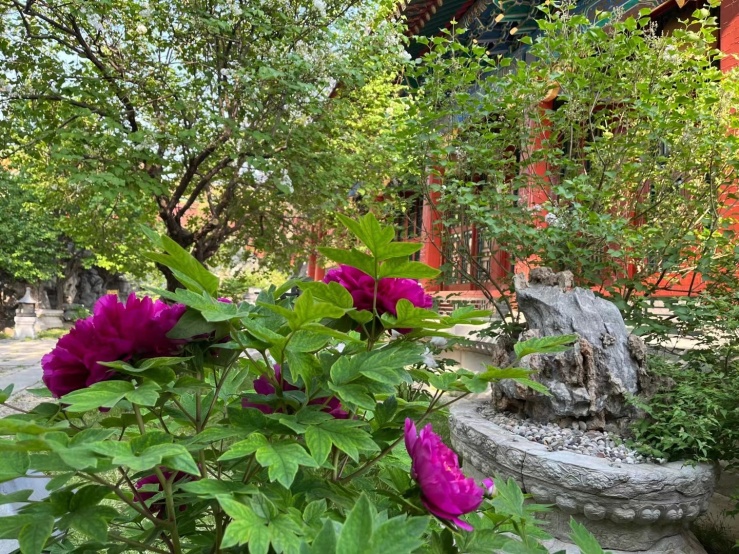
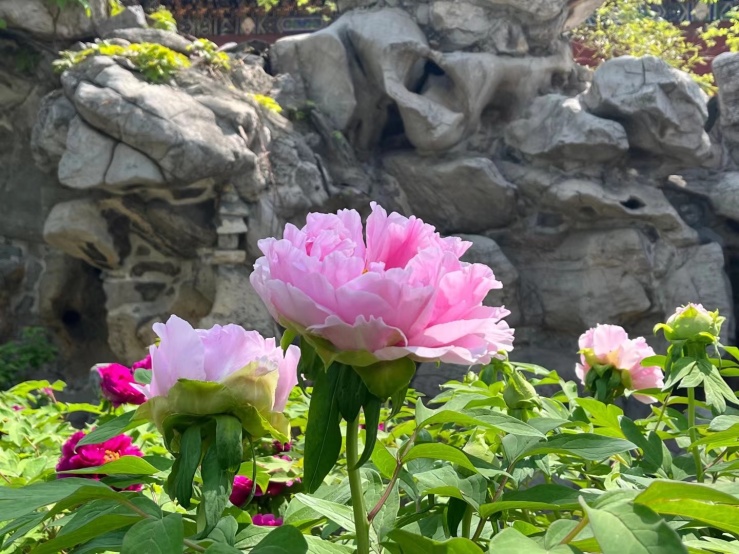

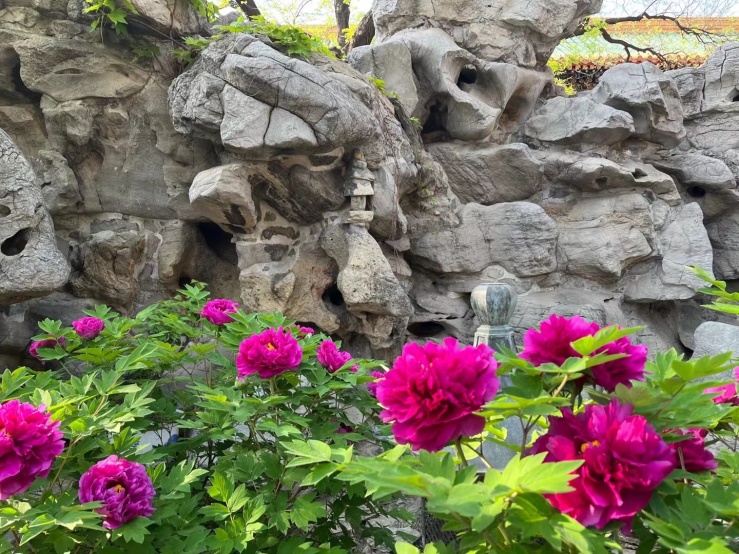
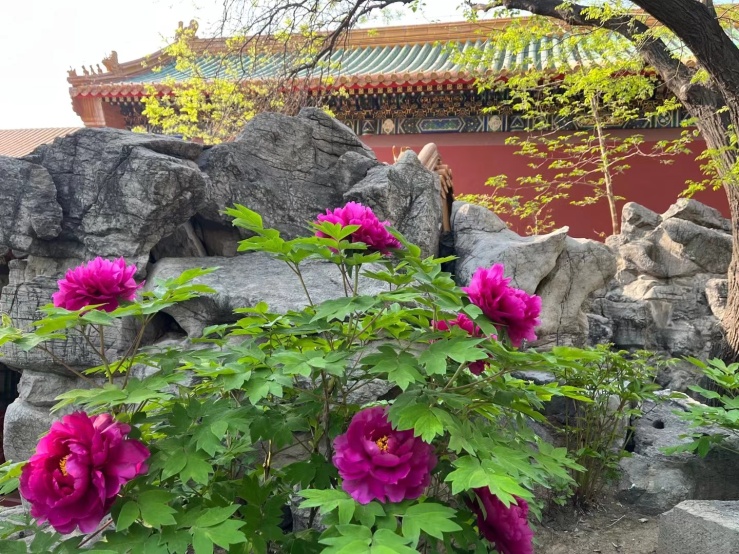
“Eat Spring”. Before and after the Grain Rain, toona sinensis is mellow and refreshing, with high nutritional value, so there is a saying that “the toona sinensis is as tender as silk before the rain”. People say that picking and eating Chinese toon in spring is “eating spring”. Toona sinensis is generally divided into purple toon buds and green toon buds, especially the purple toon buds. Fresh toon sprouts are rich in protein, carotene and a lot of vitamin C. Its leaves, buds, roots, skins and fruits can be used as medicine, which has various effects such as invigorating the stomach and regulating qi, preventing diarrhea and moisturizing the skin.
sacrificing sea. The Grain Rain Festival is also known as the “Zhuang Xing Festival” for fishermen to go fishing. In the coastal areas of northern China, fishermen have been celebrating the Grain Rain Festival for more than 2,000 years. When the sea sacrifice time arrives, the fishermen will carry offerings to the Sea Temple and the Niangniang Temple to offer sacrifices. It is still popular in the Rongcheng area of Jiaodong today.
Go Grain Rain. In ancient times, there was a custom of “walking the Grain Rain”. On the day of Grain Rain, young women would go to the village to join their relatives, and some would come back after a walk in the wild. The meaning is to integrate with nature and strengthen the body
Imagines credits are of the Forbidden City –Imperial Palace –Beijing – China- People’s Republic of China also from the Series Weibo北京卫视上新了故宫 Treasures in the Forbidden City…


